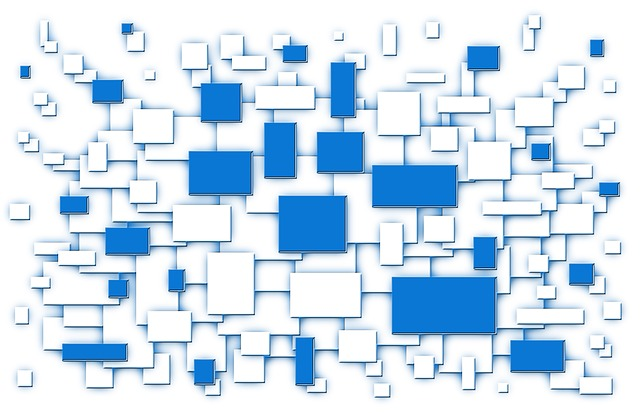ATD Blog
When an Employee Needs to Get Organized
Mon Mar 09 2015

When managers ask me about dealing with employees who are “disorganized” at work, usually what they mean is that the employee loses track of information. It might be information that is called on for regular use, will be called on in the future, or must be passed on to somebody else. My first question is: “What system should this person be using?”
About half the time, there is a perfectly good system in place—whether high or low tech. The problem is simply that the individual in question is not using the system. He doesn’t like it, he doesn’t get it, or he never learned it. So often, the basic training in using a system might have slipped through the cracks for this employee, or maybe the training wasn’t very good. Or maybe this employee does not have a particular aptitude for this sort of system. Or maybe the individual in question just hasn’t done the work of learning the system and using the system.
Start here and you will solve half such problems right off the bat. Insist that this person be retrained on the system, follow up in one-on-one meetings to make sure he is practicing after the retraining, and then invest the time in making the transition to the new system more comfortable. He may complain along the way, but once on the other side of adopting the system, he will reap great benefits from the increased organization. More importantly, so will you and everybody else who works with him.
A slightly more complicated challenge is when employees are struggling with an information management system that is in place but is really horrible. I’ve seen this so often, an organization where much of the day-to-day work is tied up in an outdated system that is overloaded, clunky, and does not deliver the optimal functions to users.
People may struggle with it, complain about it, and often blame small failures on the system. What do you do? You join the chorus calling for a new system. But you should also ask yourself: Why are some employees much better than others at using the horrible system? The reason is that, no matter how bad the system might be, those individuals have mastered it as best as one can, so they get better results from it.
Make sure those best practices are documented by leaders so they can be taught to others. You need to get every team member up to speed on using the best practices to make the most of a suboptimal system. In your one-on-one meetings with the weaker users of the system, insist that they start learning and practicing the best practices. Maybe you can get some of the power users to coach the weaker users. You might need to rally the troops to get excited about getting better at using a horrible system.
The good news is that even the worst system is better than no system at all. You can be sure of one thing: An employee who is disorganized needs to make better use of systems. If there is no system in place for this person to keep track of information, then no wonder he is so disorganized.
So how do some employees manage to stay organized on their own? They have come up with their own system for capturing and managing information, I promise you. Figure out what systems they have developed: Maybe there is a way to copy those systems and employ them for everybody else.
Managing information is all about storing it for later use. In essence, that simply means keeping track of:
information you will need to return to regularly (resources)
information you need to pass on to someone else
information you need to return to at a specific point in the future.
The trickier part of the equation is teaching employees what information to capture and how to capture it so it can be easily managed. That takes practice—ideally, regular practice with the guidance and direction of a good coach.
When employees are in the habit of taking notes in an organized manner, they get better at knowing what information to capture and how: before, during, and after one-on-ones and group meetings. Over time, good note-taking becomes seamlessly intertwined with plans and schedules, to-do lists, and performance tracking. Indeed, note-taking becomes part of revising and adjusting work plans and checklists.
One of the beauties of working with employees who take notes and use checklists is that you can use those notes and checklists as a tool in your regular one-on-one dialogue with that person. When you get direct reports engaged in this process, you are, in effect, getting them to participate in documenting their own performance by using self-monitoring tools. During your one-on-ones, look very carefully at these notes and checklists and use what you learn every step of the way to fine-tune your performance coaching.
